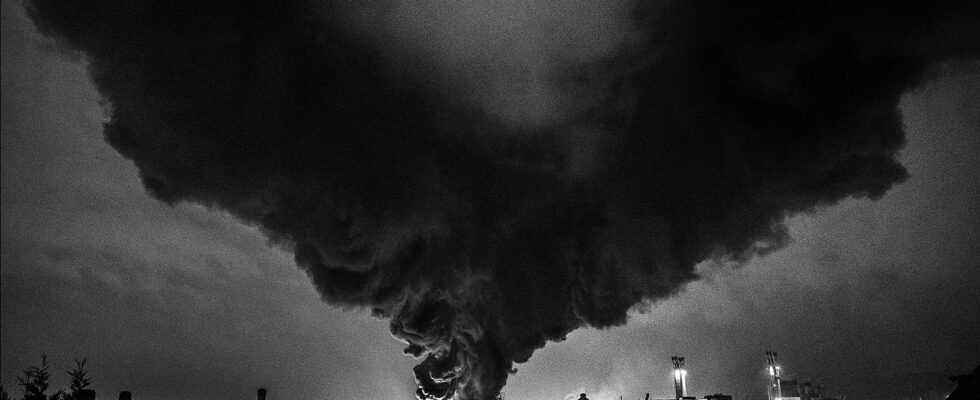France is entering the era of emergency notifications sent by telecom networks, without the need for SMS or a mobile application. The FR-ALERT system is launched in June 2022. It is used to alert the population with a notification on smartphones in geographical areas affected by a danger.
In future, you will no longer need to check the Home Office’s Twitter account, Beauvau_Alert, to find out if a major public or civil security event is taking place in France. The information will arrive directly on your phone, by means of an SMS. The month of June marks a shift in the way these alerts are disseminated to the population.
You’ve had a little preview of this kind of text message warning. It was in 2020, with the arrival of the coronavirus pandemic in France. In mid-March, government text messages were broadcast nationwide telling people to stay at home. However, not everyone had received it. But in broad outline, the mechanism used then is similar.
The device is based on a system called FR-ALERT. It has the advantage of not requiring the prior installation of a mobile application (an attempt in the past had failed with SAIP), which makes it possible to reach many more people. All you need is a smartphone on in the geographical area affected by the incident for the notification to appear on the screen.
These notifications are similar to text messages, but the technology underlying FR-ALERT is special: it uses cell broadcasting, i.e. radio waves carrying alert messages from cell towers to nearby telephones. This approach has been proven in other countries.
The choice of cell broadcast is justified by the concern to avoid network congestion. We can assume that in the event of a critical situation, the networks could be highly stressed (a serious attack can generate telephone activity to get news, for example) or degraded, with the destruction of certain infrastructures, after a storm or a flood.
Another notable advantage: it is not necessary to register beforehand on a service to receive information. This was one of the limits of an initiative like Beauvau_Alerte: not everyone is on Twitter, not everyone subscribes to this account. Even with retweets, a large part of the population would not see anything.
The FR-ALERT tool has its advantages and some disadvantages
If the choice of cell broadcast is likely to reach more people (in the case of the application, you must have a compatible phone, know the existence of the app and install it), this technology has certain limits: it today depends on 4G, whose degree of coverage is not yet perfect: between 5 and 10% of the territory is not covered by 4G.
In fact, this also excludes people whose terminals are not compatible with 4G – but here too, only 77% of French people were equipped with a smartphone in 2019. There is therefore a whole notable fringe of individuals who do not is not covered by FR-ALERT. But for anyone who has a smartphone, there shouldn’t be any compatibility issues. 4G has been launched in France since 2012: owners who have not renewed their mobile for ten years do not run the streets.

In a progress report from the legal and administrative information department, it is indicated on June 21 that support for 2G and 3G is planned, to affect all owners of more basic telephones, as is the taking account of 5G, which is in its infancy in France. At the same time, 4G coverage will continue and the last areas of the territory still out of reach will soon be absorbed.
What is the profile of an FR-ALERT message?
June 2022 was the deadline to activate the cell broadcast-based population alert system. A December 2018 European directive on electronic communications gave member states until that date to put themselves in order. This has been the case since June 21, 2022, indicates the direction of legal and administrative information.
The following events are taken into account by FR-ALERT:
- Natural disasters: flood, storm and cyclone, fire, tsunami, volcanic eruption…
- Biological and chemical accidents: pollution, gas leak, nuclear incident, etc.
- Health hazards: epidemic, pandemic, agri-food incident, etc.
- Technological and industrial incidents: failure of telecommunication means, serious accidents on road, rail or air networks, industrial incident, etc.
- Serious public security situation, terrorist attack.
As for the content of the message, it will obviously depend on the type of event and its magnitude. The following information will be provided:
- The nature of the event;
- The location of the hazard;
- The extent of the threat;
- The danger he poses;
- The authority issuing the alert;
- The instructions to follow (stay at home, evacuate);
- A link to an official website for additional information.
And when it’s all over? It is planned to send an additional message.
